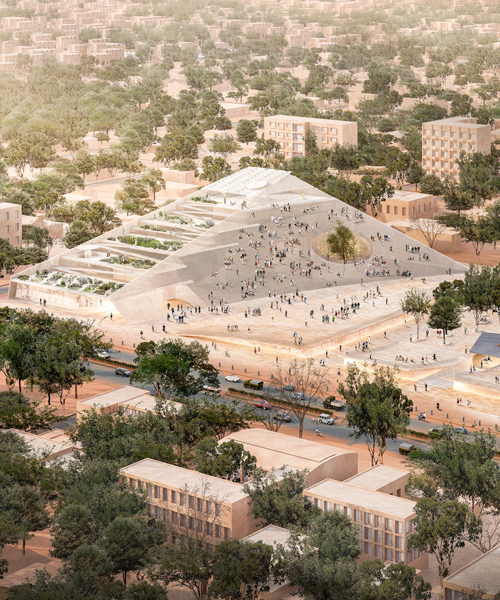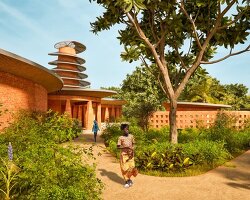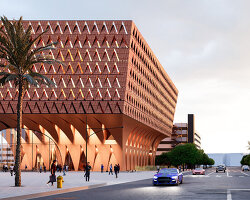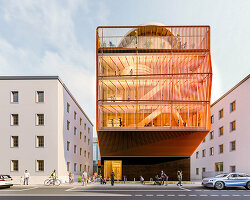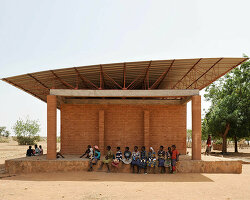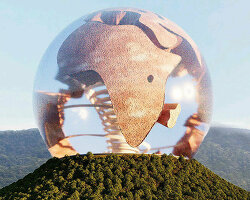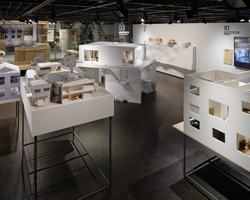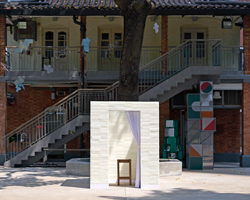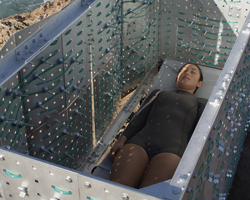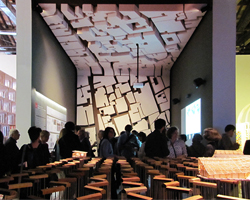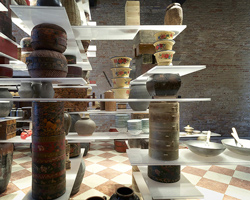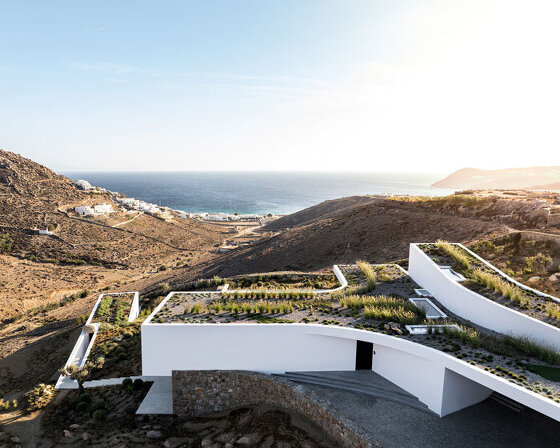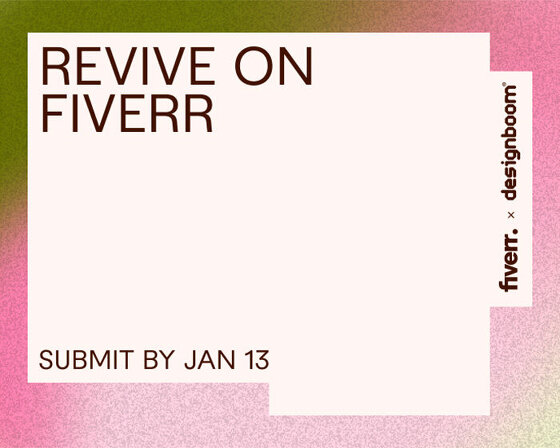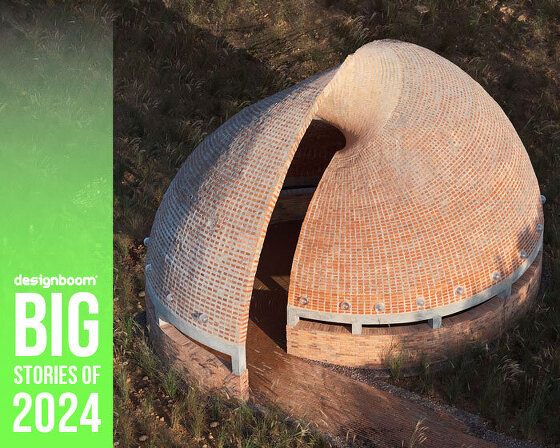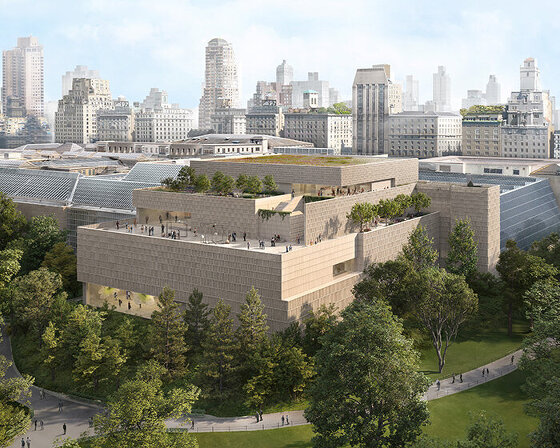francis kéré has revealed his firm’s design for burkina faso’s new national assembly. the scheme, which remains on display at the 2016 venice architecture biennale until november 27, not only seeks to address the democratic values of transparency, openness, and equality, but also intends to become a catalyst for growth and development in the country’s capital city of ouagadougou.
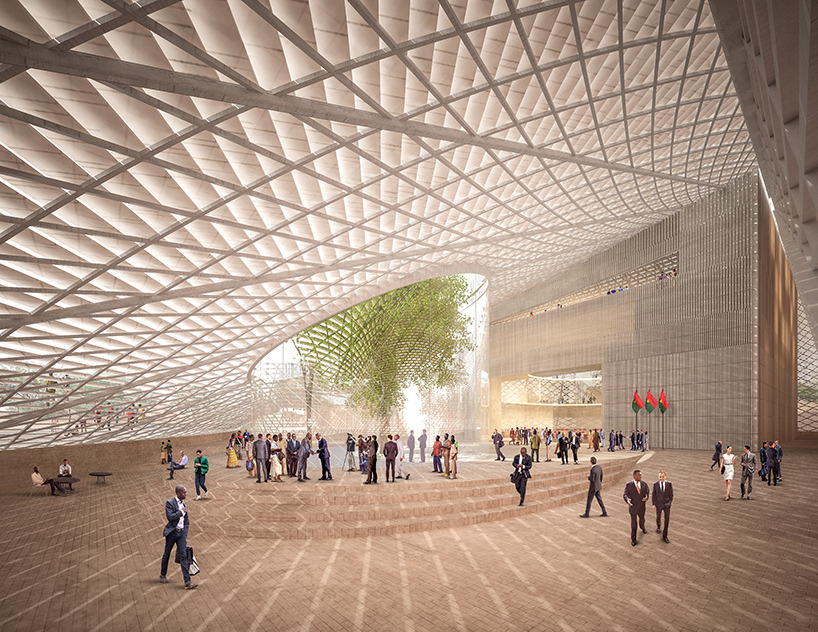
located in a private garden, a great tree forms a green centerpiece
image courtesy of kéré architecture (also main image)
after 31 years of dictatorial rule, the people of burkina faso ousted their former president following a violent revolt in 2014. in protest of the old regime, the former national assembly was attacked and destroyed. ‘the conflict is significant because it poses an opportunity to not only reflect on the turbulent historic events that have led the nation to this crossroads,’ says kéré architecture. ‘it also begs the question of its citizens: how do we move forward?’
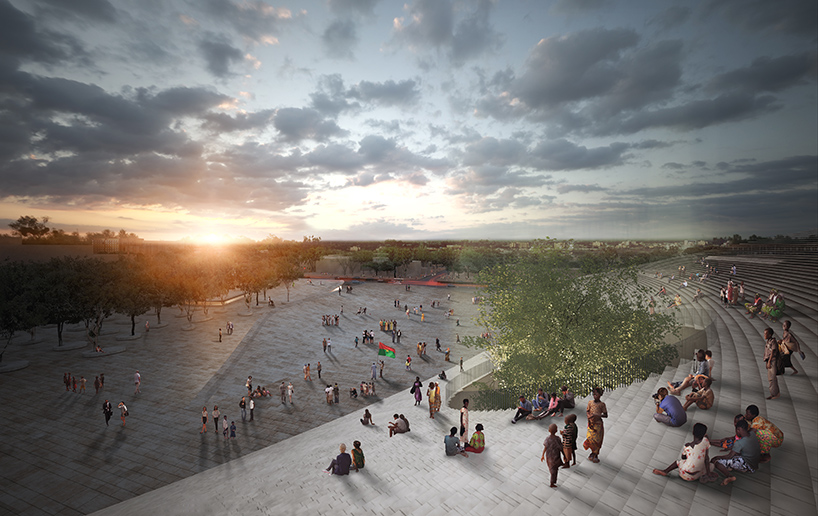
the outer façade of the parliamentary structure is designed to be inhabited by the public
image courtesy of kéré architecture
established as a french colony in 1919, upper volta achieved independence from france in 1960 and was renamed burkina faso in 1984. today, burkina faso is home to 19 million people with over 50 different ethnicities who speak more than 60 languages. rather than replicating a western building typology, kéré’s design of the national assembly looks to the region’s traditional practices and rituals. located in a private garden, a great tree forms a centerpiece of the scheme, recalling how, in rural areas, village elders gather to discuss important matters under the leafy shade.
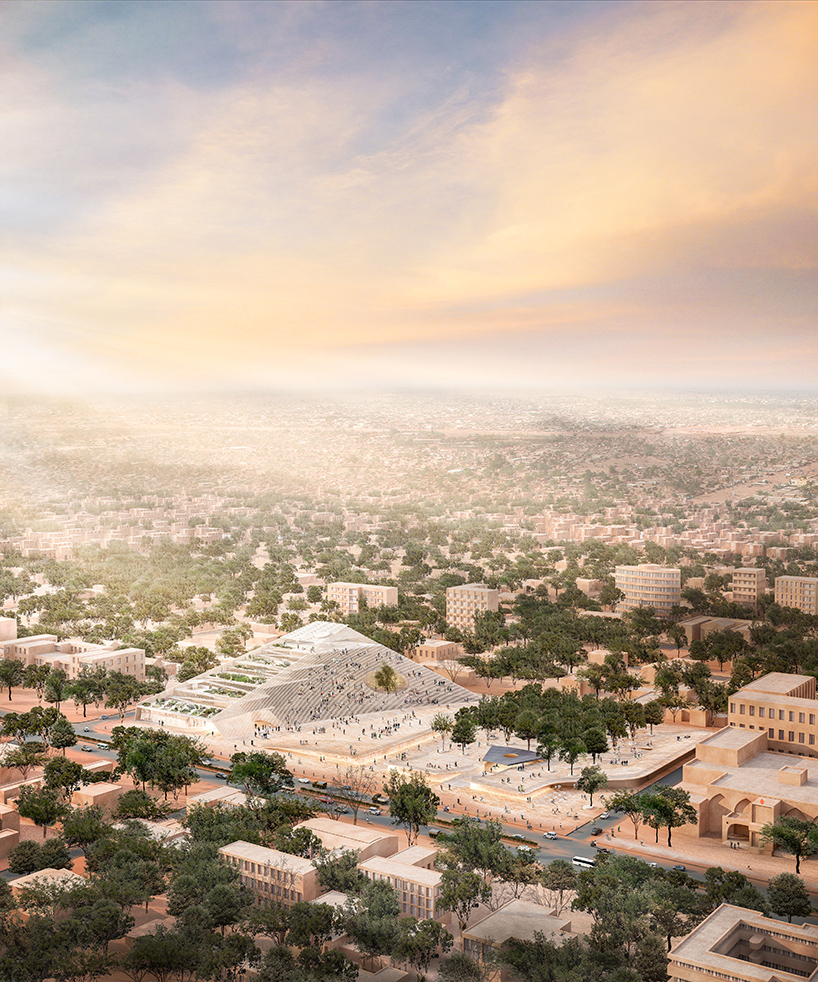
the scheme intends to become a catalyst for growth and development
image courtesy of kéré architecture
to foster a true spirit of transparency and openness, the outer façade of the parliamentary structure is designed to be inhabited by the public. the stepped pyramidal structure becomes a monument that citizens can climb, offering unexpected views across the otherwise flat terrain. as farming is crucial to burkina faso’s survival and prosperity, the building hosts several green terraces that offer new methods of agriculture to the general public. the façade also acts as solar shading, allowing air to freely circulate internally.
francis kéré explains the project in more detail
video courtesy of la biennale di venezia
the new parliament sits on the site of the previously destroyed building, which, as part of the masterplan, is transformed into a ‘shaded depression in the earth’ where rain water is collected and used for on-site irrigation. ‘the space is intended as a memorial where visitors can relax in the shade and reflect upon those who lost their lives in the revolts,’ says the design team. ‘the reflection pool also serves as a passive cooling system for the interior.’ a plaza surrounds the memorial, where a grove of local trees will provide further shaded areas. commercial storefronts and galleries are also included as part of the plan.
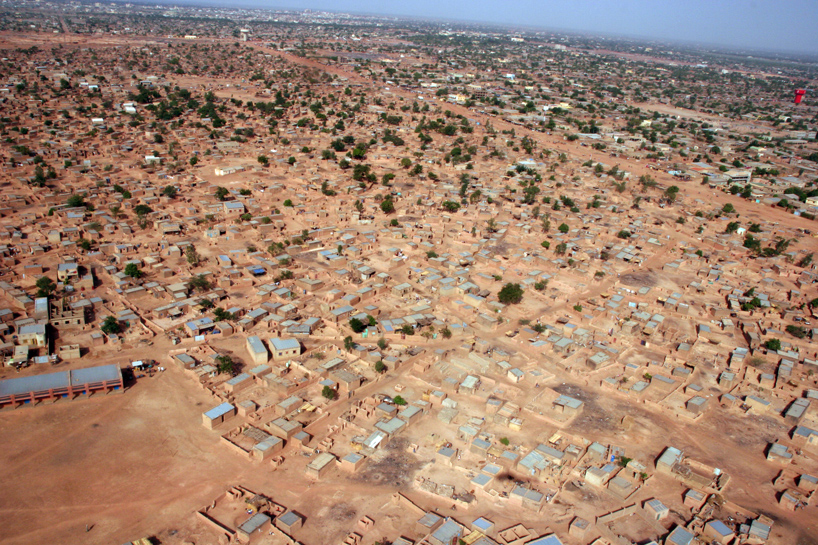
an aerial view of ouagadougou, burkina faso’s capital city
image by francis kéré
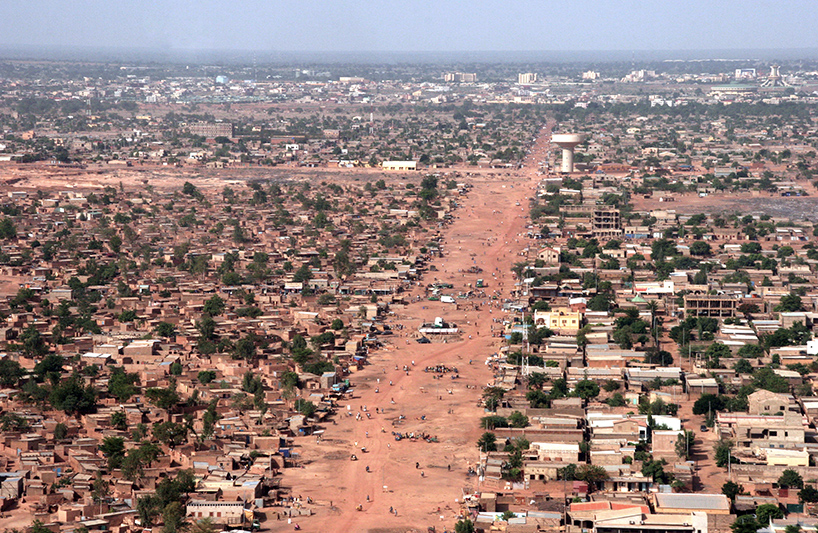
today, burkina faso is home to 19 million people from over 50 different ethnicities
image by francis kéré
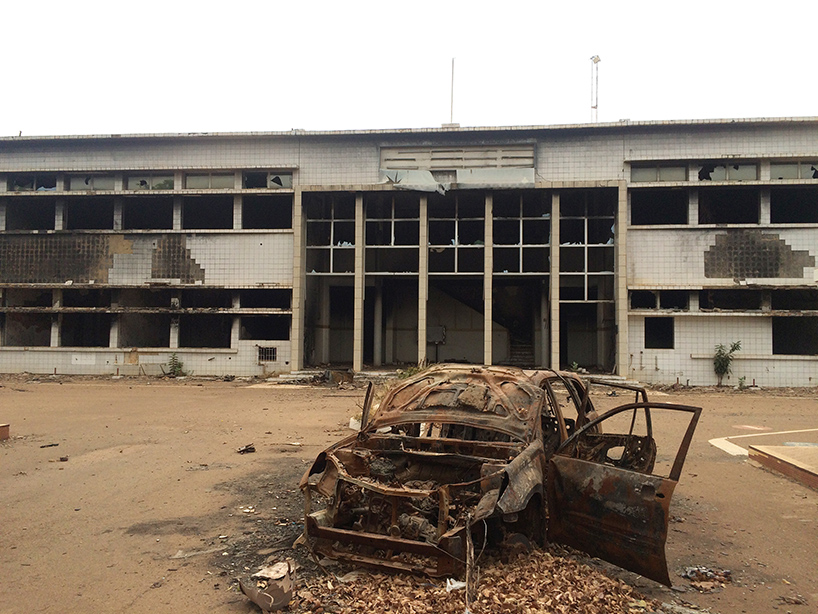
the people of burkina faso ousted their former president following a violent revolt in 2014
image by francis kéré
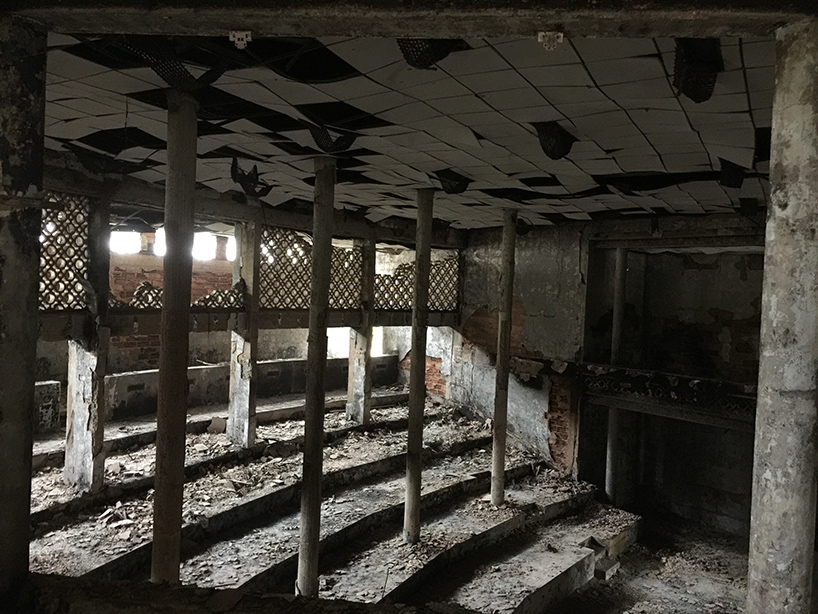
in protest of the old regime, the former national assembly was attacked and destroyed
image by francis kéré
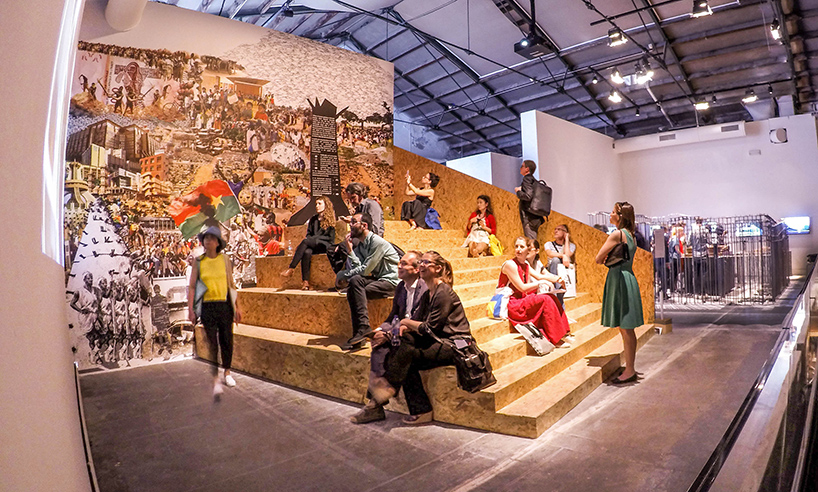
the project remains on display at the 2016 venice architecture biennale
image courtesy of kéré architecture
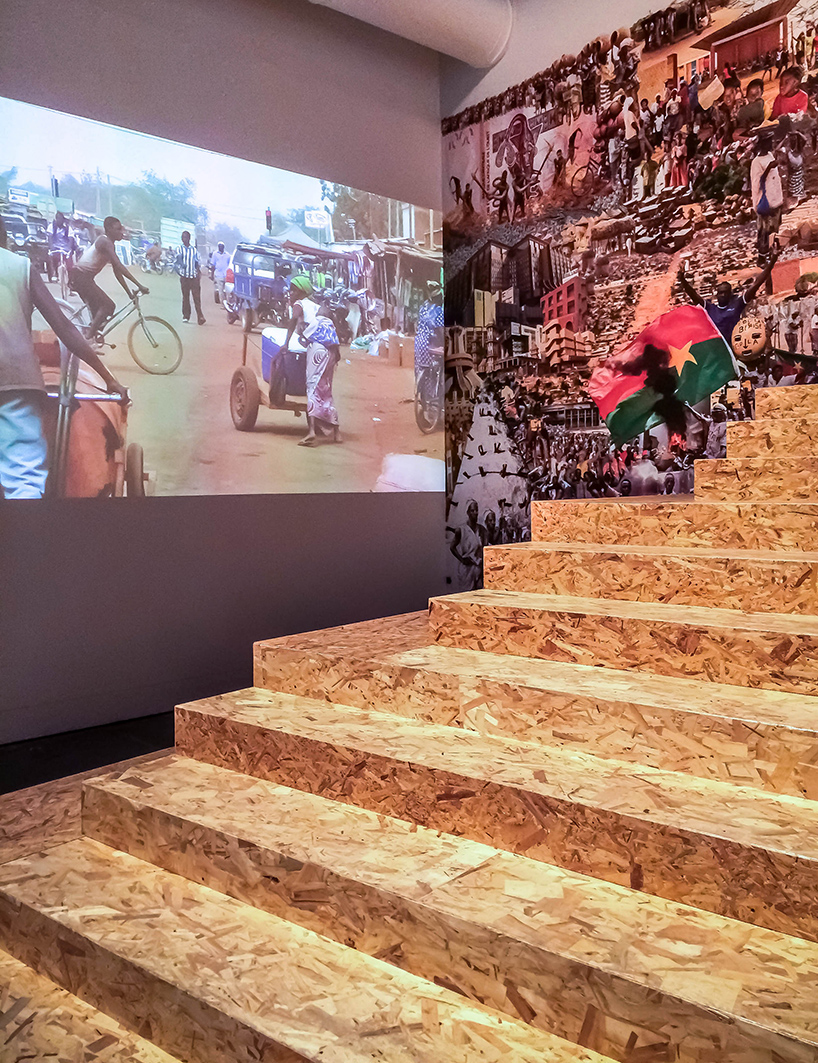
the plans are presented in venice until november 27, 2016
image courtesy of kéré architecture
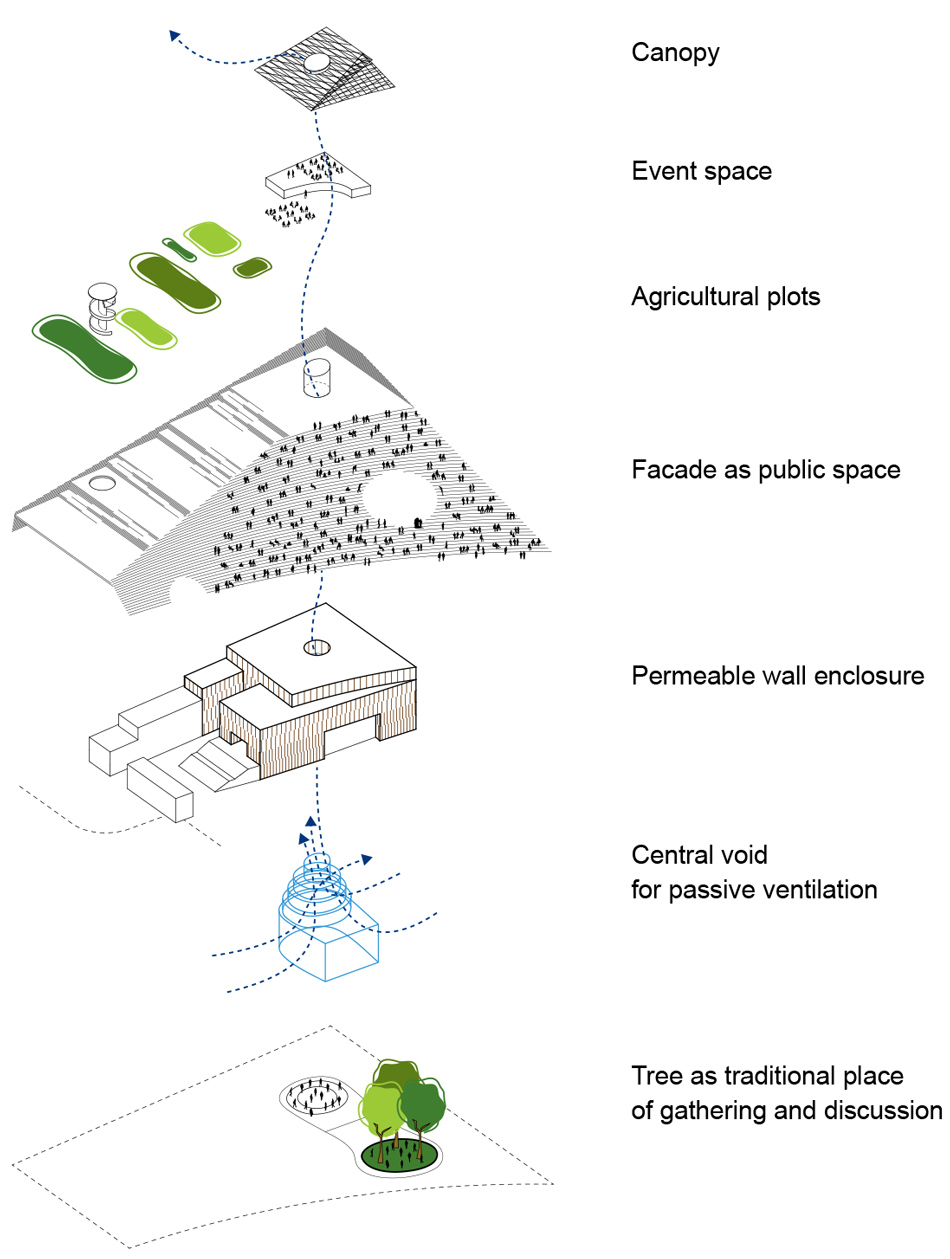
programmatic and structural axonometric diagram
image courtesy of kéré architecture


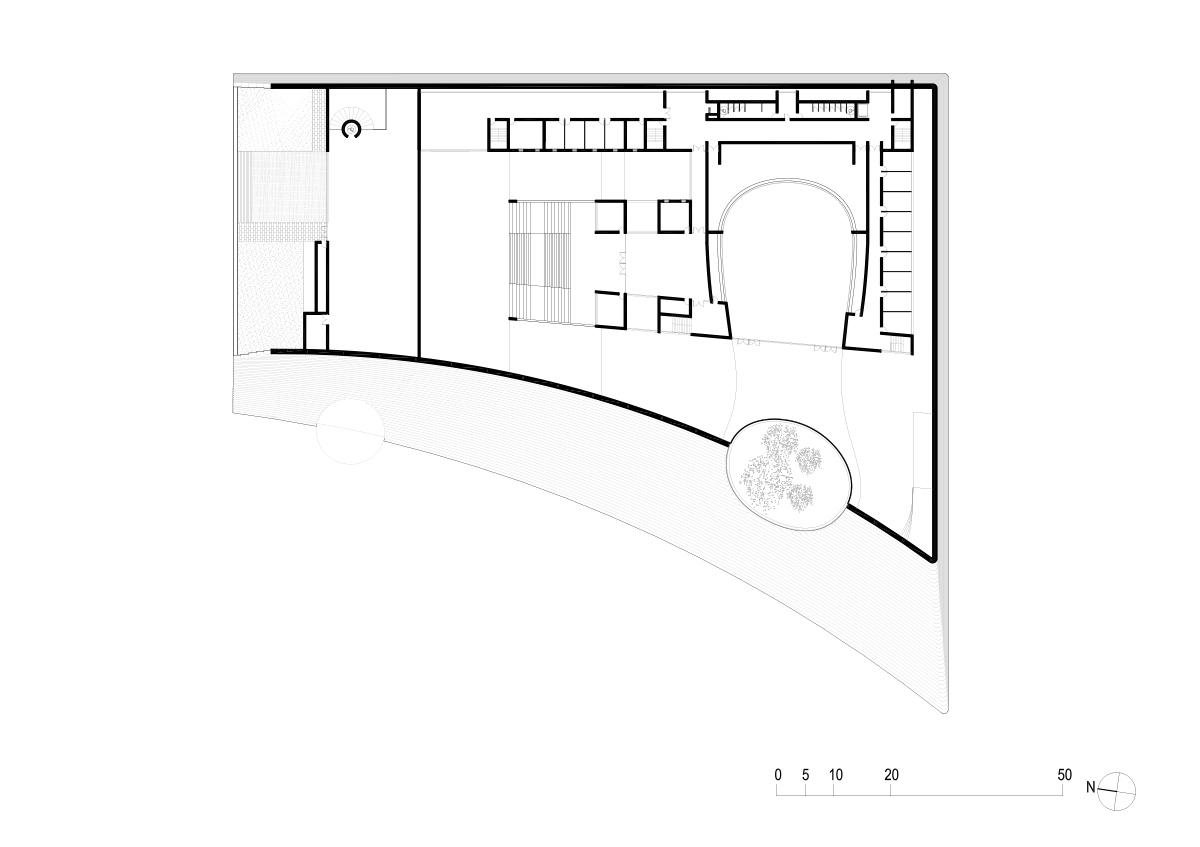
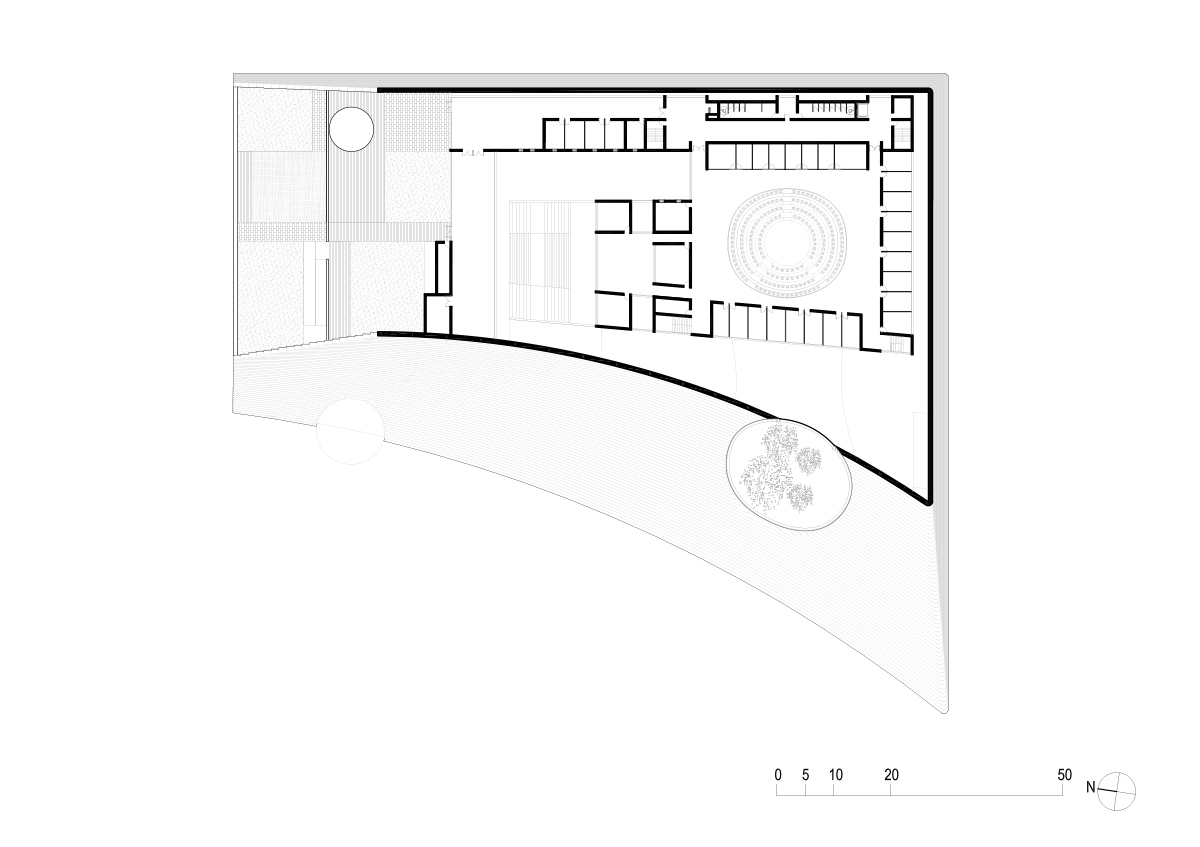
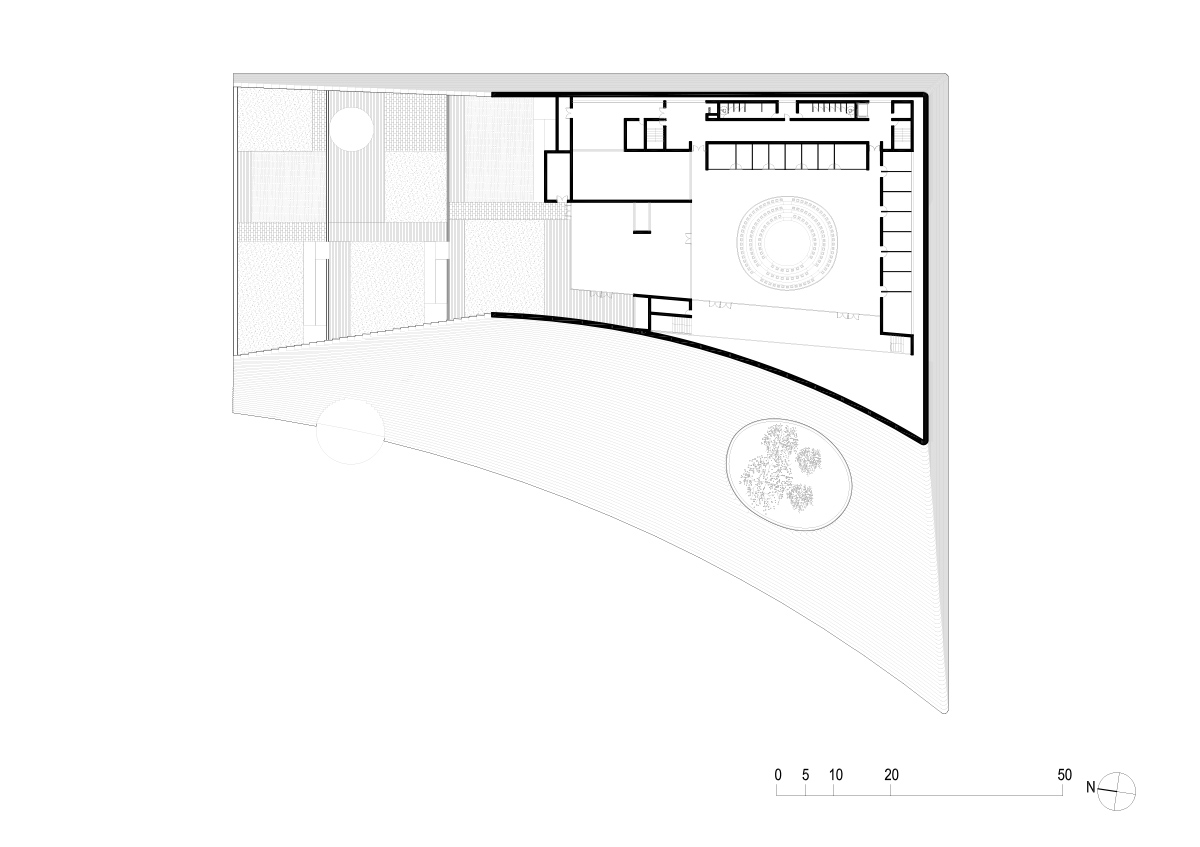
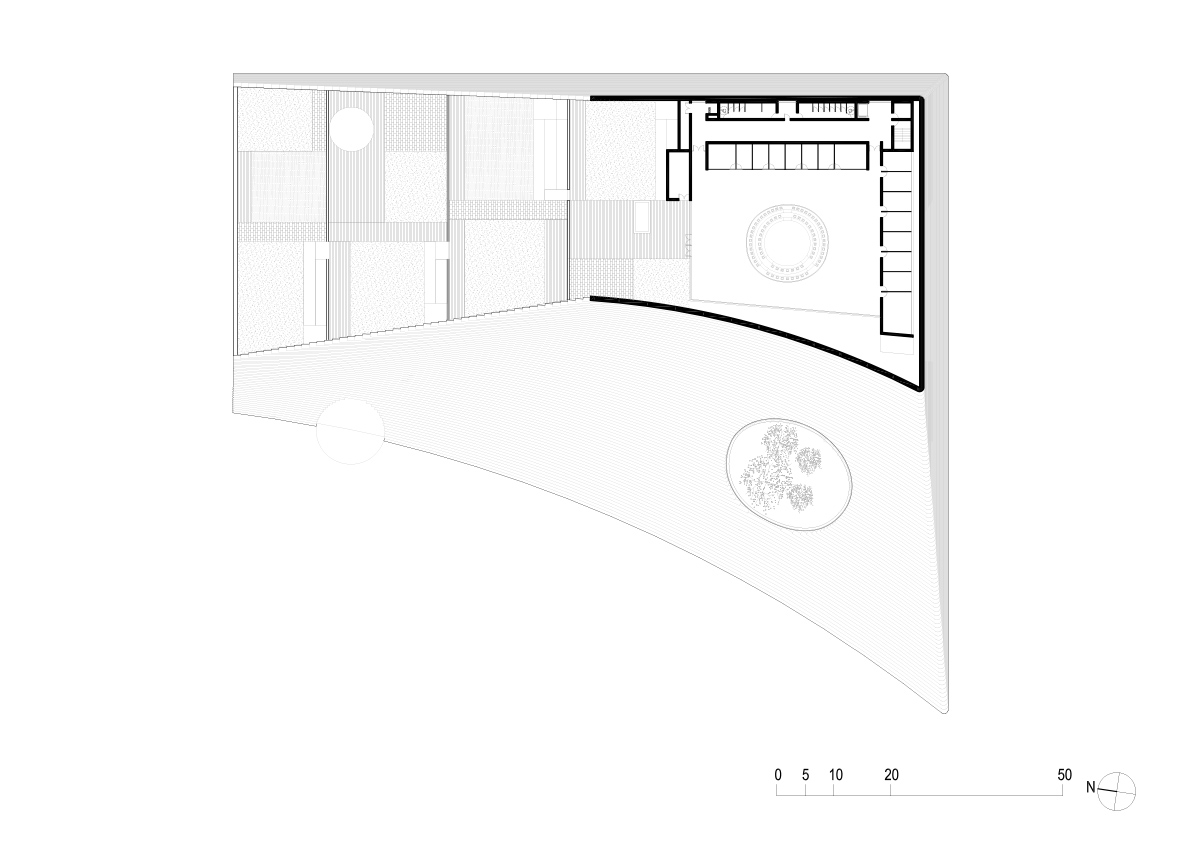
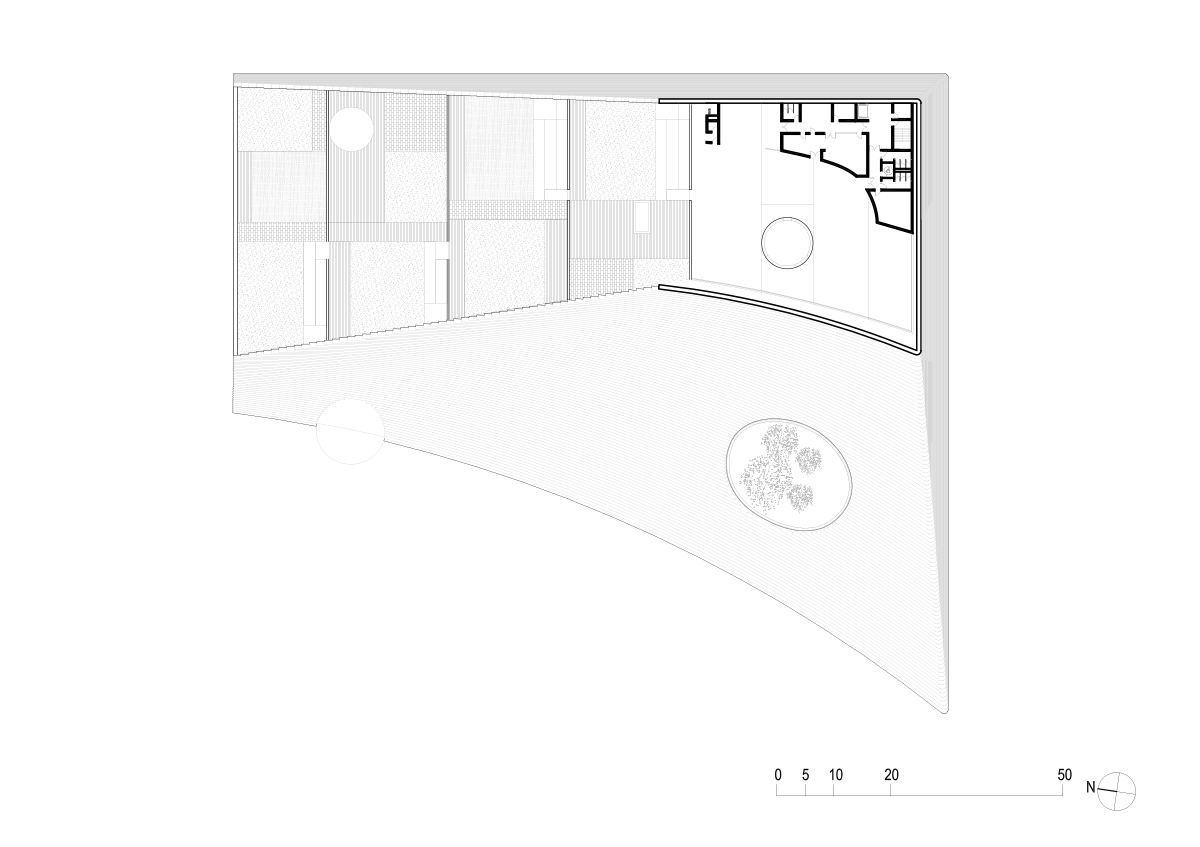
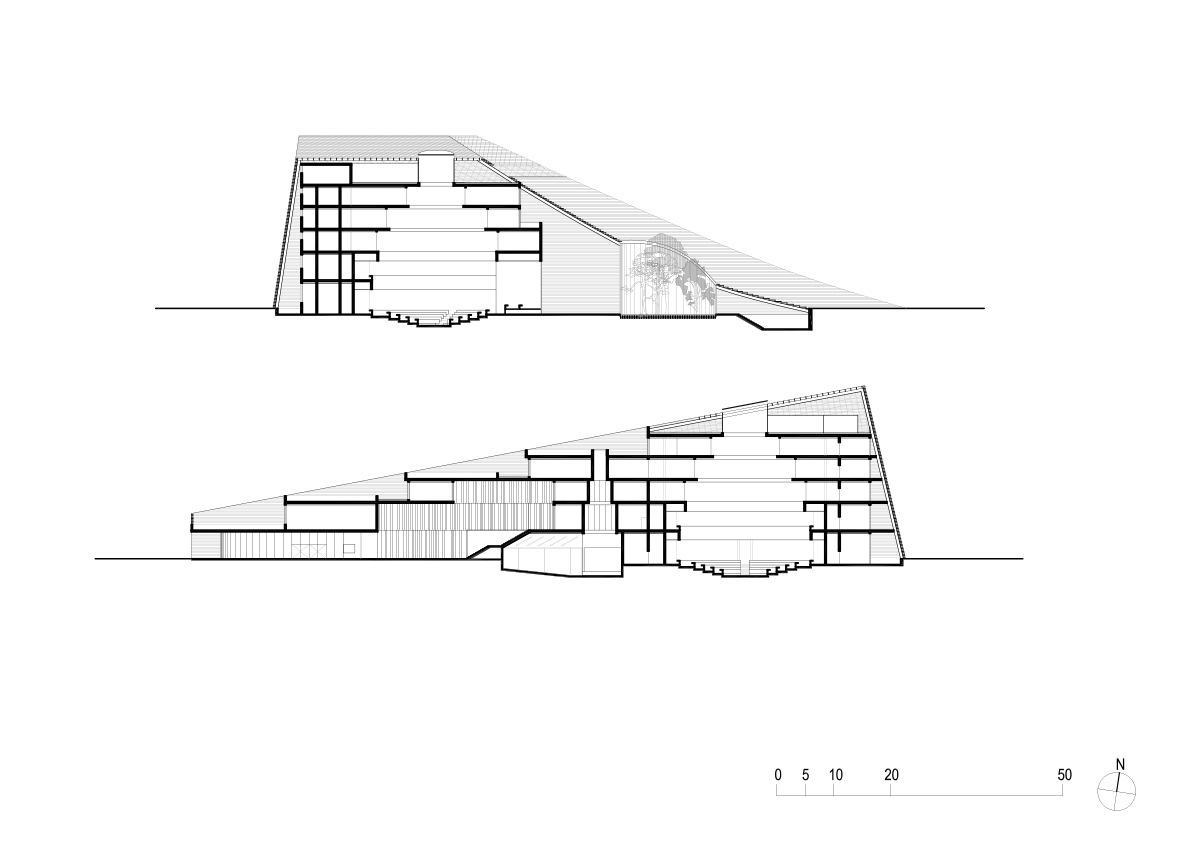
project info:
architect: kéré architecture
location: ouagadougou, burkina faso
design team: francis kéré, adriana arteaga, jaime herraiz, andrea maretto, diego sologuren martin, nina tescari, blake villwock
Save
Save
Save
Save
Save
Save
Save
Save
Save
Save
Save
